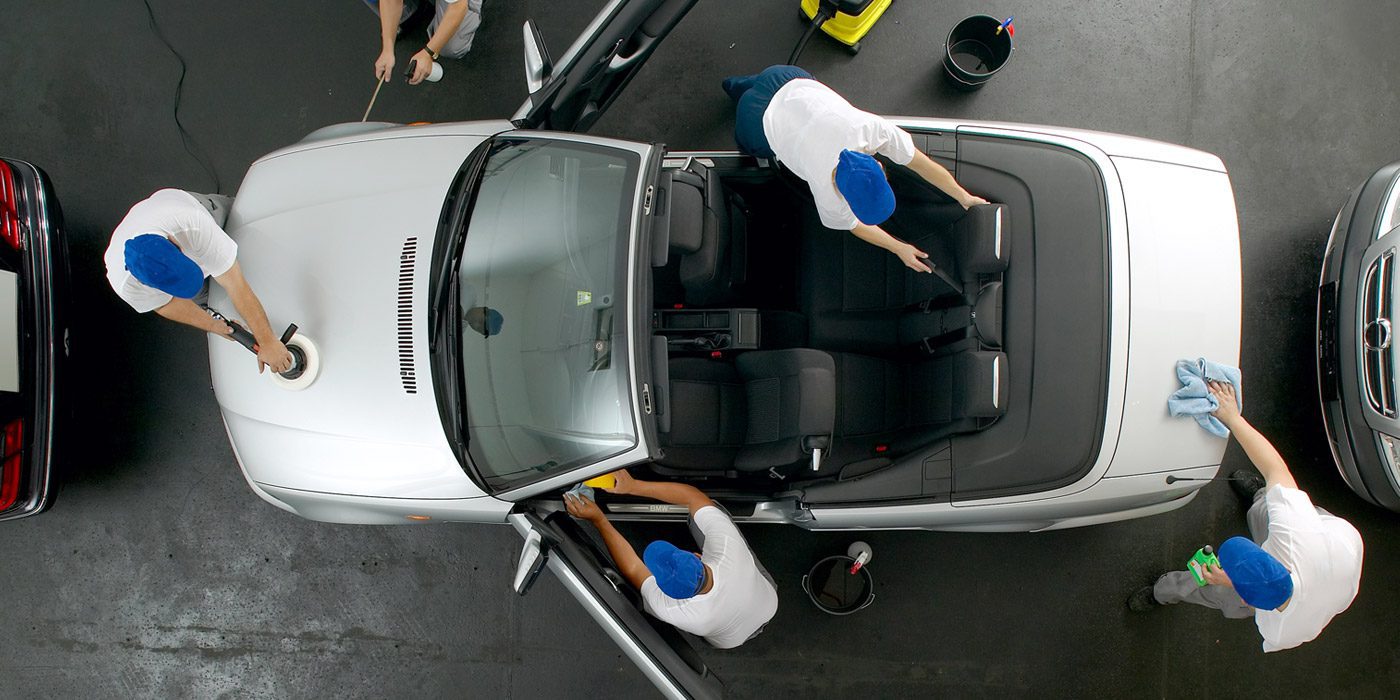According to the Cox Automotive Auto Market Weekly Summary for June 1, 2020, the used vehicle market has rebounded better than previously forecasted. Compared to May 209, used car sales are up 6 percent year over year. That’s excellent news for one of the largest industries in the United States.
However, used car inventory is depleting across the nation as a wholesale auction bottleneck continues. During this time, any pre-owned vehicles arriving at the dealership need to be retail-ready as fast as possible. Otherwise, dealers risk leaving money on the table as customers seek out pre-owned cars to buy.
In the past, CBT News has provided tips to make the reconditioning process easier and more efficient, which still apply. In the coronavirus economic recovery, there are a few extra steps you can take to improve recon processes to both get vehicles ready faster and ensure profitability in the sale.
Remove Visual Hurdles
Every CPO or used vehicle a dealership sells will be safety- and state-certified during the recon process. It’s one of the components of the sale that buyers and lenders require. For used cars, one of the hurdles that is hardest to overcome is when there is visible damage. It can be a scratch or a dent, a crack in a plastic fascia, or a scuff on interior trim. Once a shopper sees damage that would prevent the sale, it’s very hard to get past.
Rather than try to negotiate a PDR repair, a plastic weld, or a bumper repaint into the deal, removing the negatives before showing the car is a more effective method. Depending on your relationship with the shop that completes the work for you, it can extend your recon process by two days or more. Overall, it can help keep a customer interested in the vehicle, retain better gross in the deal, and eliminate a negative that can be used to negotiate before the customer sees it. 
Make Preventative Maintenance a Condition of Sale
It’s common practice for the service department to complete any upcoming maintenance along with the recon process. It’s a practice that, like the above point, can help improve the appearance of a pre-owned vehicle in the shopper’s eyes. However, preventative maintenance can be a costly and unnecessary expense when it’s done ahead of schedule.
Rather, the service department can aid the sales department in keeping costs down by listing the upcoming maintenance for the salesperson to present. For example, it could sound like, “Mr. Jones, this car’s maintenance is up to date. To be transparent, I want you to know that it will be due for a transmission service and cooling system flush in 10,000 miles. If it would make you more comfortable, we could do them now so you don’t have to worry about them. It would add $XXX to the vehicle cost. What would you prefer?”
It gives the salesperson control of the narrative, offers transparency to the customer, and provides a much smaller dollar figure for the shopper to focus on for negotiation.
Related: 6 Tips to Make the Reconditioning Process Easier and More Efficient
Emphasize Detailing and Sanitizing
In today’s auto retail environment, protecting the customer’s health and safety is paramount. For that reason, the detailing process should include a sanitation process that can be easily explained to the shopper to ease their mind.
In addition, salespeople or lot attendants should be equipped with a disinfecting spray and cloth that can be used in the customer’s presence before showing the vehicle as well as after.
Enhancing profitability and ensuring the customer’s comfort are important parts of the used car recon process in today’s sales climate. Adding these ideas to your reconditioning process will help with both.
Did you enjoy this article from Jason Unrau? Read other articles from him here.
Car Biz Today, the official resource of the retail automotive industry.


While you’re here, don’t forget to subscribe to our email newsletter for all the latest auto industry news from CBT News.








